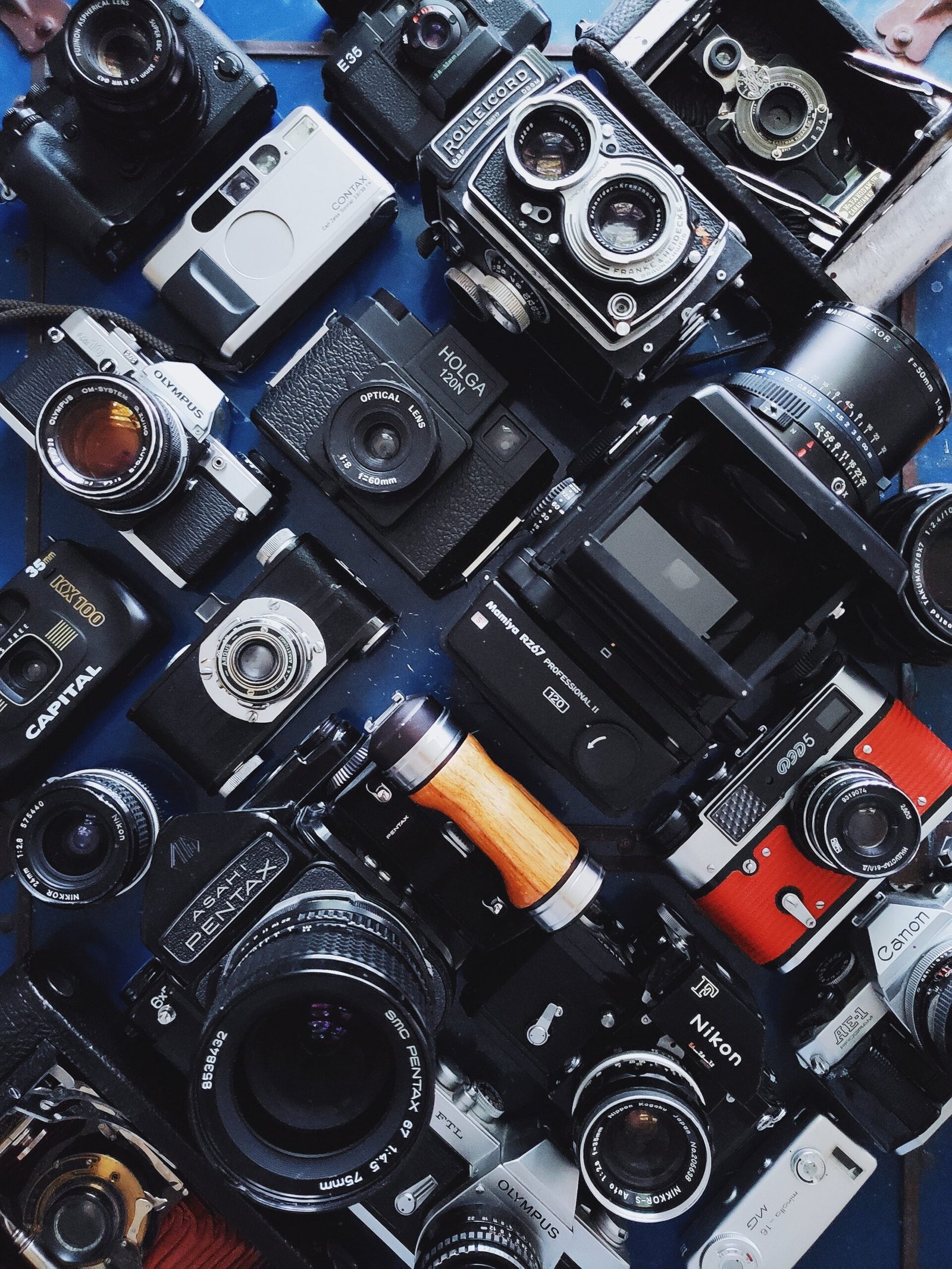Cameras have become an integral part of our lives, allowing us to capture and preserve precious moments. But have you ever wondered how cameras work? In this article, we will explore the fascinating history of cameras and delve into the inner workings of these remarkable devices.
The Early Days: Camera Obscura
The origins of cameras can be traced back to the concept of camera obscura, which dates back to ancient times. Camera obscura, meaning “dark room” in Latin, was essentially a darkened chamber with a small hole or lens through which light could pass. This projected an inverted image of the outside world onto a surface inside the chamber, allowing for observation and study.
Over the centuries, camera obscura evolved from large rooms to portable boxes, and eventually to handheld devices. Artists and scientists used camera obscura as a tool for drawing and understanding the principles of optics.
The Invention of the Camera
The invention of the camera, as we know it today, can be attributed to several key figures in history. In the early 19th century, Joseph Nicéphore Niépce, a French inventor, successfully captured the first permanent photograph using a camera obscura and a photosensitive material called bitumen of Judea.
Following Niépce’s breakthrough, Louis Daguerre, another French inventor, developed the daguerreotype process, which involved exposing a silver-coated copper plate to light and then treating it with chemicals to produce a positive image. This marked a significant milestone in the history of photography.
Meanwhile, in England, William Henry Fox Talbot pioneered the calotype process, which allowed for the creation of multiple prints from a single negative. Talbot’s invention laid the foundation for modern photographic techniques.
The Evolution of Cameras
As technology advanced, cameras underwent significant transformations. In the late 19th century, George Eastman introduced the concept of roll film, which made photography more accessible to the masses. This led to the birth of the Kodak camera, the first commercially successful camera aimed at amateur photographers.
Throughout the 20th century, cameras became more compact, portable, and user-friendly. The introduction of 35mm film and the development of the single-lens reflex (SLR) camera revolutionized the field of photography. SLR cameras allowed photographers to see through the lens, providing a more accurate representation of the final image.
In the digital age, cameras underwent a paradigm shift with the advent of digital imaging technology. Digital cameras replaced traditional film with electronic image sensors, allowing for instant image capture and storage. This innovation opened up new possibilities in photography, making it easier to edit, share, and print images.
How Cameras Work: The Basics
Now that we have explored the history of cameras, let’s delve into the inner workings of these remarkable devices. While the specific mechanisms may vary depending on the type of camera, the fundamental principles remain the same.
In simple terms, a camera works by capturing and recording light. When you press the shutter button, the camera’s lens focuses light onto an image sensor or a piece of film. The image sensor, in the case of a digital camera, or the film, in the case of a film camera, captures the light and converts it into an electrical signal or a chemical reaction, respectively.
The captured image is then processed by the camera’s internal components, such as the image processor, which applies various adjustments and settings to optimize the image quality. Finally, the image is stored in a digital file or developed from the film, ready to be viewed, printed, or shared.
In Conclusion
The history of cameras is a testament to human ingenuity and our desire to capture and preserve moments. From the humble camera obscura to the sophisticated digital cameras of today, these devices have come a long way.
Understanding how cameras work allows us to appreciate the technical marvels behind the images we capture. Whether you are a professional photographer or an amateur enthusiast, the evolution of cameras continues to shape the way we see and remember the world around us.

